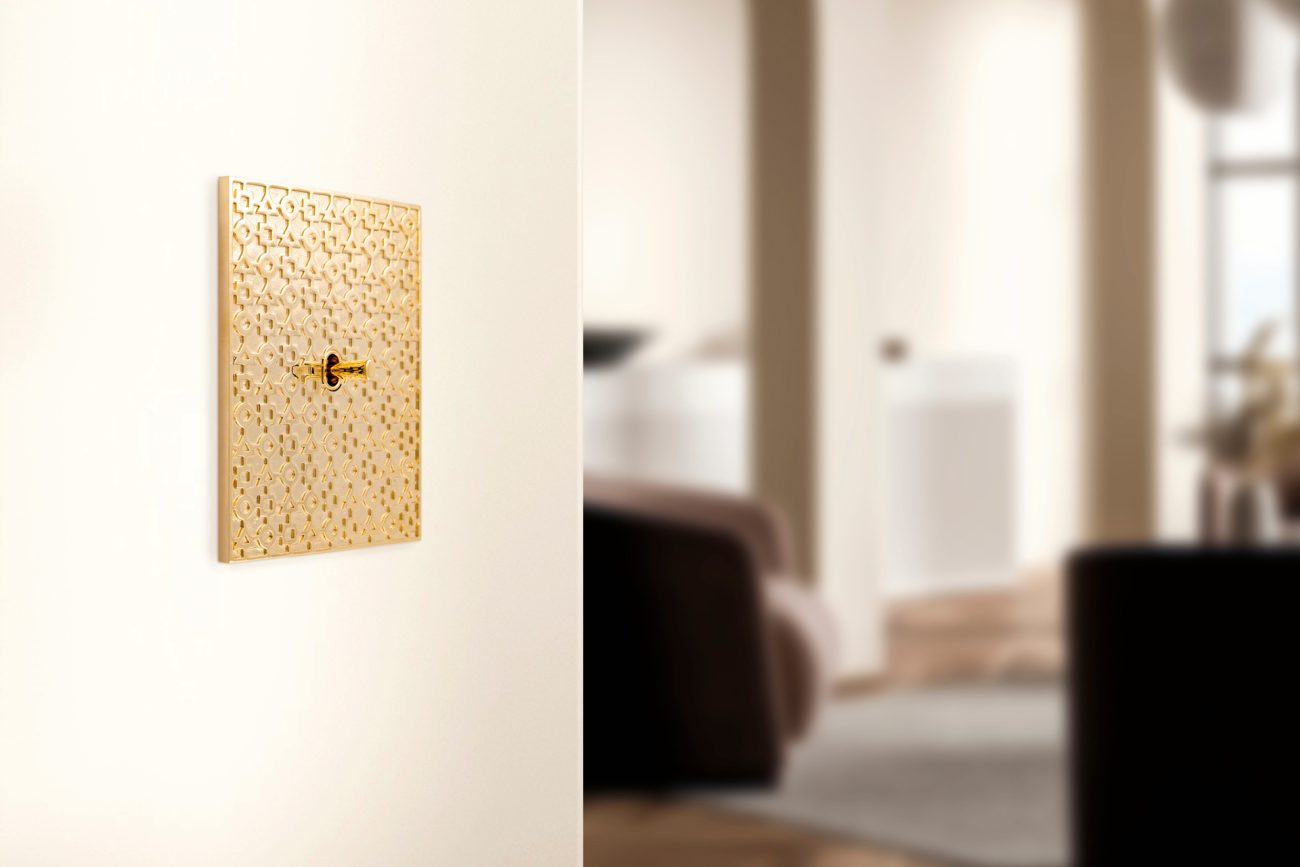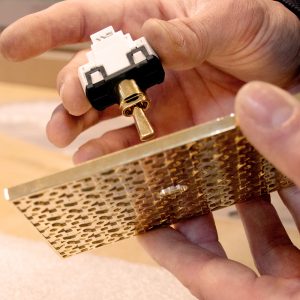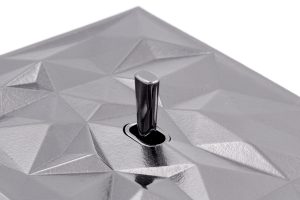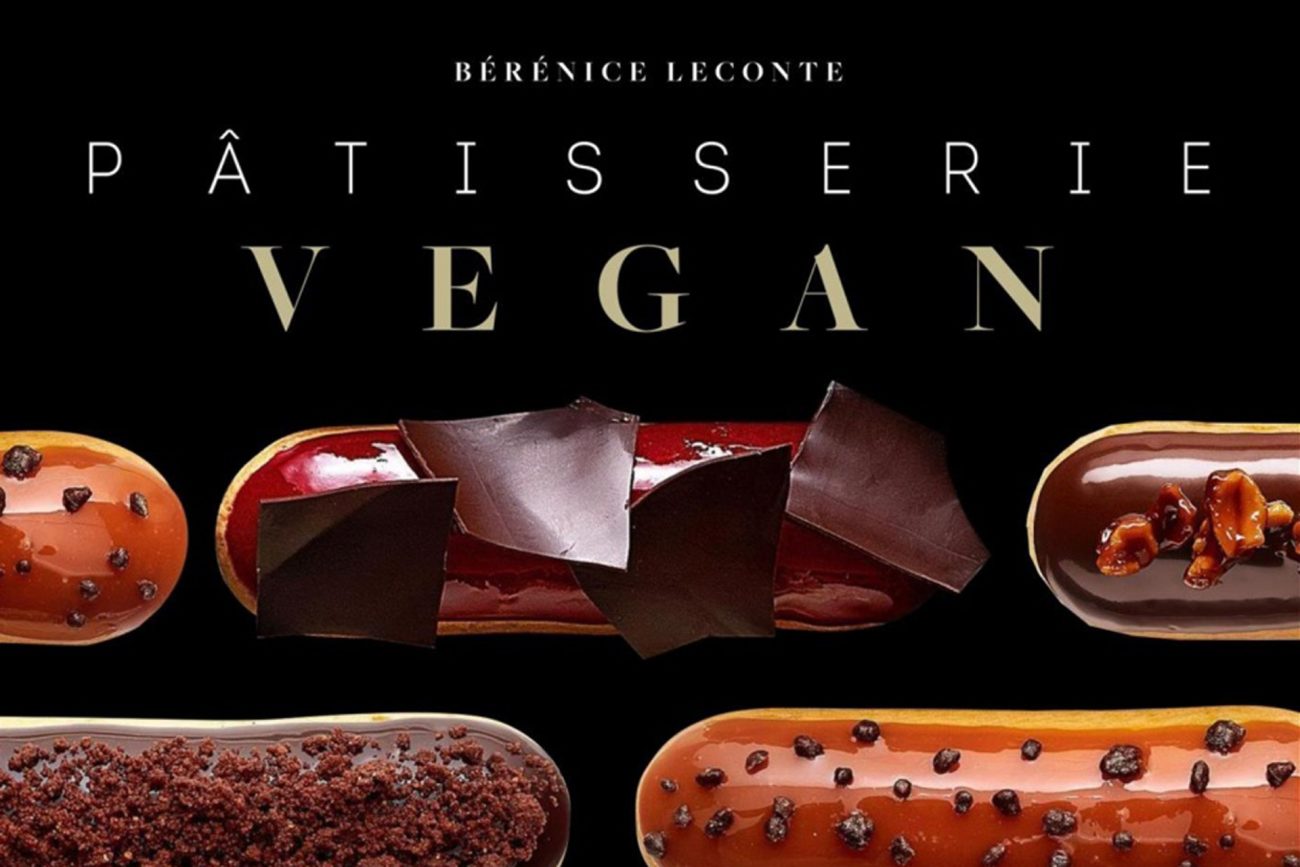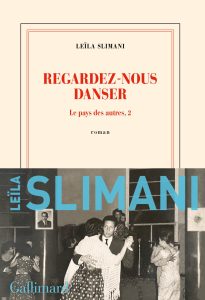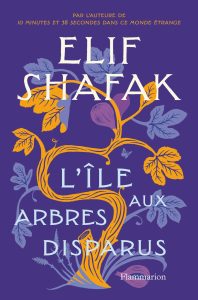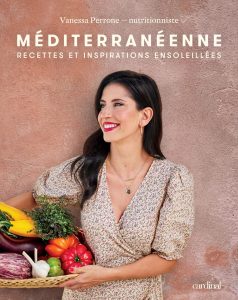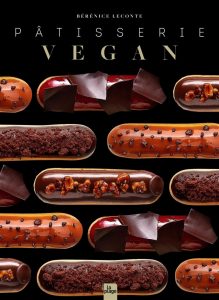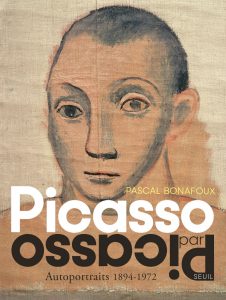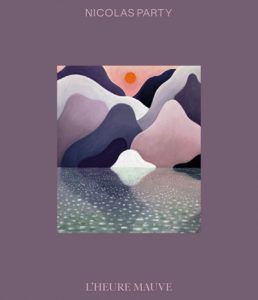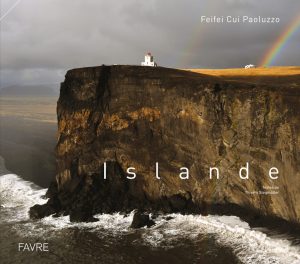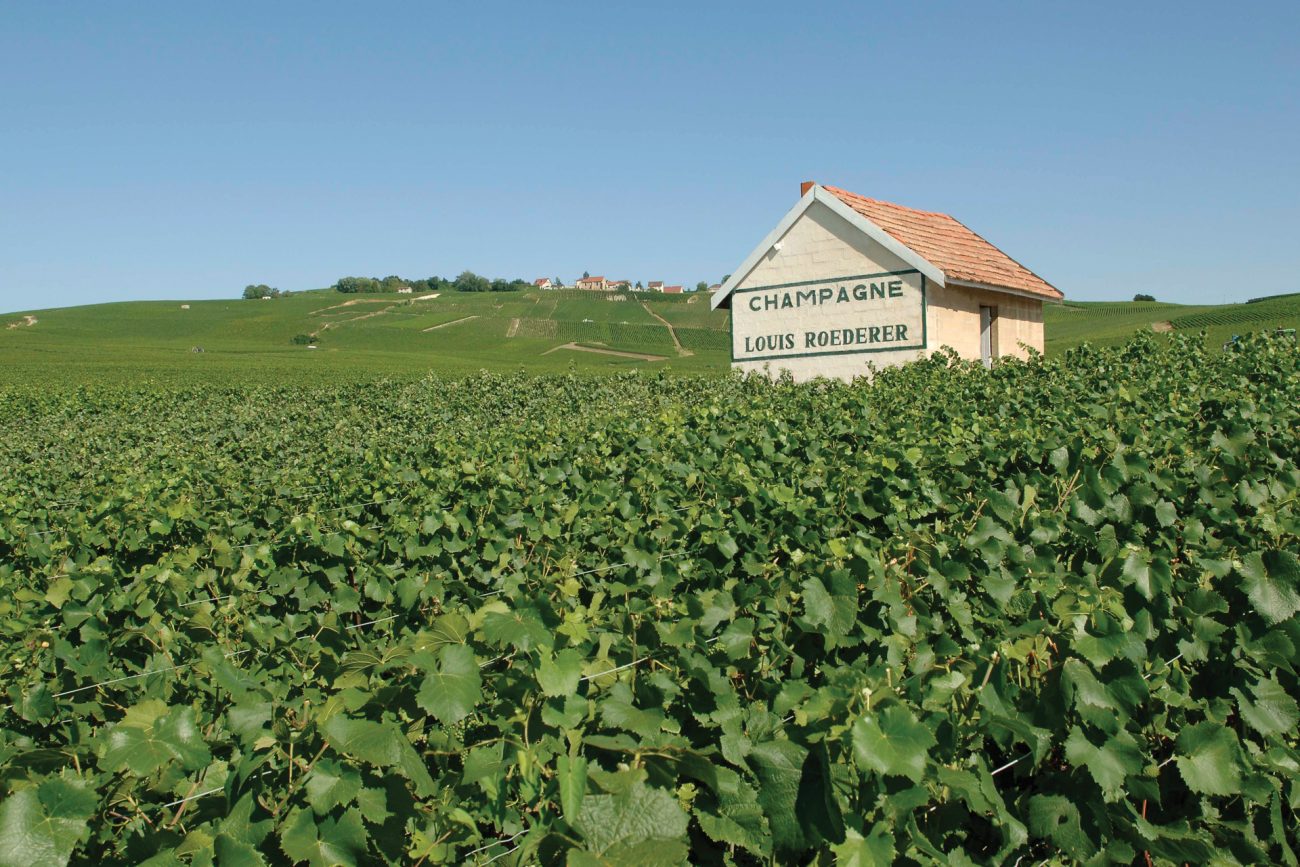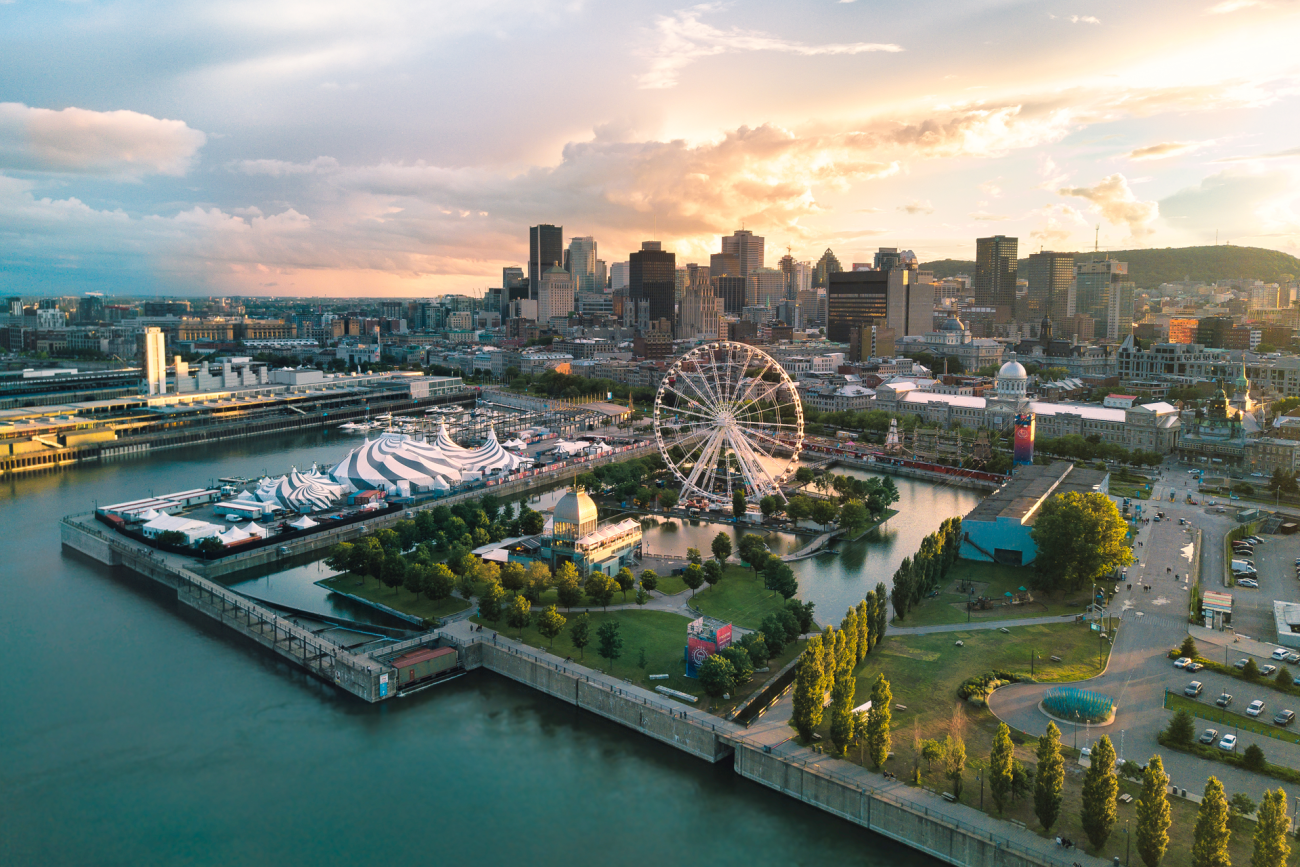Pushing the boundaries of interior décor, high-end electrical equipment manufacturer Meljac and jeweller Tournaire have combined their unique crafts in a first collaborative collection. With bronze, silver and gold light switches, several of which are set with precious stones, the Meljac X Tournaire collection heralds infinite possibilities for custom orders. This unique partnership steps outside the confines of technology and fine jewelry to transform functional objects into true works of art.
Based in France, both Meljac and Tournaire have respectively garnered an array of national and international awards, including the coveted EPV (living heritage company) label. Both workshops have been lauded for their excellence and exceptional artisanal and industrial expertise. Built around the finest raw materials, flawless pieces and technique unmatched the world over, the Meljac and Tournaire union was destined to transcend the ordinary. The resulting collection is the remarkable achievement of two houses at the top of their fields.
A dazzling collection of extraordinary light switches
Creative, innovative and elegant, the first Meljac X Tournaire collection showcases masterful manufacturing techniques. These two houses have united their technical prowess in both 3D modelling and lost-wax casting, combining exceptional high-tech expertise with an immaculate jewelry tradition. Together they are crafting bespoke pieces ranging from the most delicate to the most extravagant. Using complex castings, rare metals and precious stones, these master artisans are taking the wall outlet to new heights of luxury.
The genius of these two expert houses is showcased around six of Tournaire’s iconic jewelry motifs. The perfect combination of design and functionality takes form in the “Origami” (2), “Construction” (3) and “Catacombes” (4), pieces and is fully expressed in their “Haute joaillerie” models. The exquisitely detailed and richly set models “Engrenage” (3 carats of sapphires and 1 carat of diamonds) (1), “Alchimie” (10 carats of diamonds) (5), and “Bas-relief” (5 carats of sapphires) (6) are nothing short of awe-inspiring and start at $US980.
Embellishing the most prestigious interiors
Seamlessly complementing the aesthetic of the rooms where they are installed, these art switches are found in the most prestigious interiors in the world. World-renowned private homes, hotels and museums are elevated by the exquisite Meljac X Tournaire touch. Devotees of refinement, functionality and design are encouraged to visit their spectacular Paris and Los Angeles showrooms.
About the Meljac house
Master creator of high-end electrical equipment Meljac House offers made-to-measure lighting controls, sockets, power strips, wall and free-standing lamps and a full range of home automation systems.
About the Tournaire house
Master artisan Maison Tournaire has half a century of history designing, transforming and repairing pieces as a watchmaker and jeweller. In addition to its collections of one-of-a-kind pieces, the house is known for its exceptional classic and contemporary wedding rings and jewelry.
Writer: Alexandra Pastena




